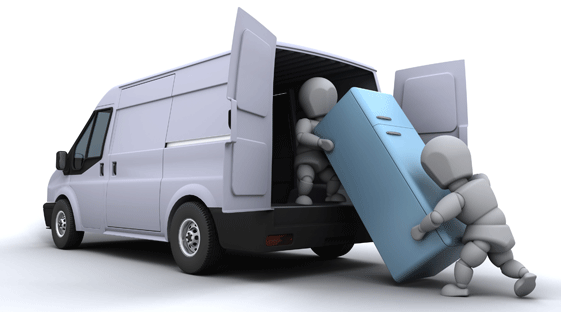4 Tips to Avoid the Hazards of Manual Heavy Lifting

(Image credit: http://www.newsshopper.co.uk/resources/images/1889001/)
If you’re an onsite worker in the construction, transport, agriculture, oil and gas, or other heavy industries, chances are that your daily job involves a lot of physical labor. Activities such as heavy materials handling and heavy lifting are commonplace in these sectors and also tend to become the bane of workers’ lives if proper care is not taken.
Many a time, careless manual lifting/handling becomes the cause of many workplace accidents and injuries. If you thought manual handling implies just lifting heavy loads and placing them from one place to another, we’ve got news for you. It encompasses all activities that require the use of force by a person for lifting, lowering, pulling, pushing, moving, holding or restraining any object.
Apart from taking the help of good quality, hi-tech lifting equipment to displace heavy loads, you need to exercise other precautions as well to ensure that you don’t have to face adverse effects of lifting. In manual handling of loads, a person’s musculoskeletal system undergoes gradual but constant deterioration which results in permanent back pains and back injuries.
These injuries are, however, preventable. With some awareness and careful planning before lifting, you can ensure that you do not have to endure any physical pain and discomfort when handling heavy loads.
Mentioned ahead are some tips on manual handling that are sure to be of help –
1. Well Begun Is Half Done
You need to carefully consider the load. Depending on the shape, size, weight and temperature of the load, you will have to figure out whether you can lift it with or without the help of a lifting aid.
You also need to know, beforehand, where you’re going to place the load, how to get there with minimal difficulty and choose a route that is free of obstructions. Before you start with the lift, prepare yourself for moving your feet for gaining stability. Avoid wearing tight, uncomfortable clothes or slippery footwear to nullify chances of accidents. If the load is particularly heavy, then it is important to warm up with a few exercises to increase your body’s flexibility.
2. When Making the Lift
The way you position yourself before and at the time of manually lifting the load is very important to maintain stability. You need to use your entire body when handling it. For a safe lift, start by placing your feet apart from each other in a way that readies you for picking up the load from the ground. For better balance, place one leg slightly forward.
When picking up the load, a slight bending of the back, hips, and knees is ideal and preferred over complete stooping (total bending of the back) or squatting (flexing the hips and knees). If your back is bent, refrain from twisting back or sideways with the load.
When the load is in your hands, make sure you hold it as close as possible to your body (like you are hugging it). Doing so is much safer than gripping the load with merely your bare hands. Stand up very slowly.
(Image credit: http://www.msha.gov/InteractiveTraining/MaterialHandlingSafety/graphics/Slide046.JPG)
3. Hold Close for Comfort
When lifting the load, you need to hold it as close to your body as possible. If the shape of the load is such that keeping it close is not likely, tilt it towards yourself and then try lifting it. Under no circumstances should the load be grabbed hastily or jerked as this can result in your losing balance, which in turn could lead to severe injuries. Once it is in your hands, see to it that you keep your head straight and look ahead instead of down at the load.
Keep your shoulders levelled and if you need to turn, use your feet to move in the desired direction instead of twisting your back. It is crucial you maintain this posture when handling the load so you can move ahead easily.
4. When Unloading
Needless to say, you must not lift more load than you can easily and safely handle (what can be lifted and what can be safely lifted are two different things). If you think that the load is too overwhelming for you, avoid lifting it yourself and ask for help or use specialized lifting equipment to do so.
Apart from that, you also need to exercise caution when putting the load down, which requires specific positioning. In such cases, it is advisable to first bend your legs, keep your back straight, place the load down and then position it in the desired manner. Do not forget to place the sides of the load one after the other (as opposed to simultaneously) on the ground to avoid trapping and hurting your fingers under it.
Conclusion
Being safe is every worker’s individual responsibility. And even though it does require effort, it is for your own benefit. I hope the above mentioned tips provide you with the impetus needed to stay safe at work.
Shop Online










